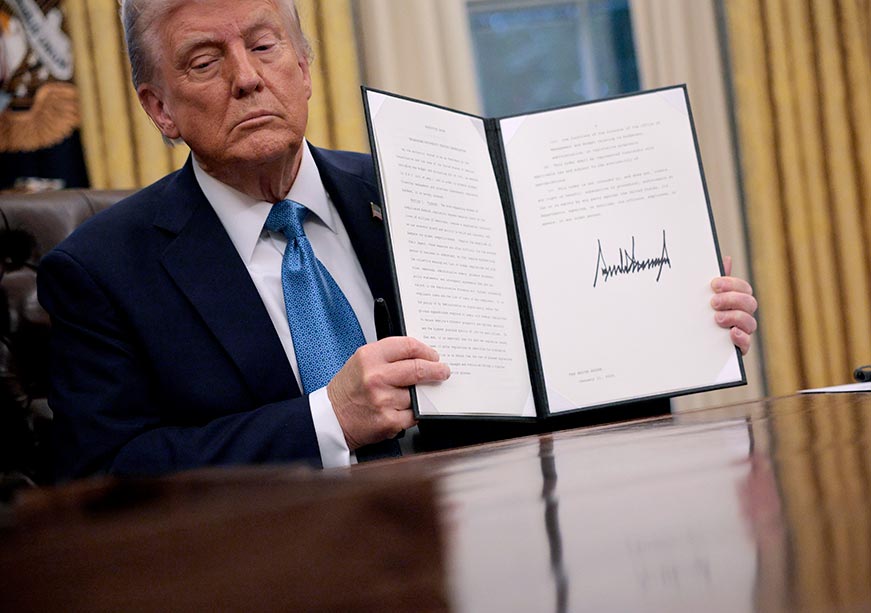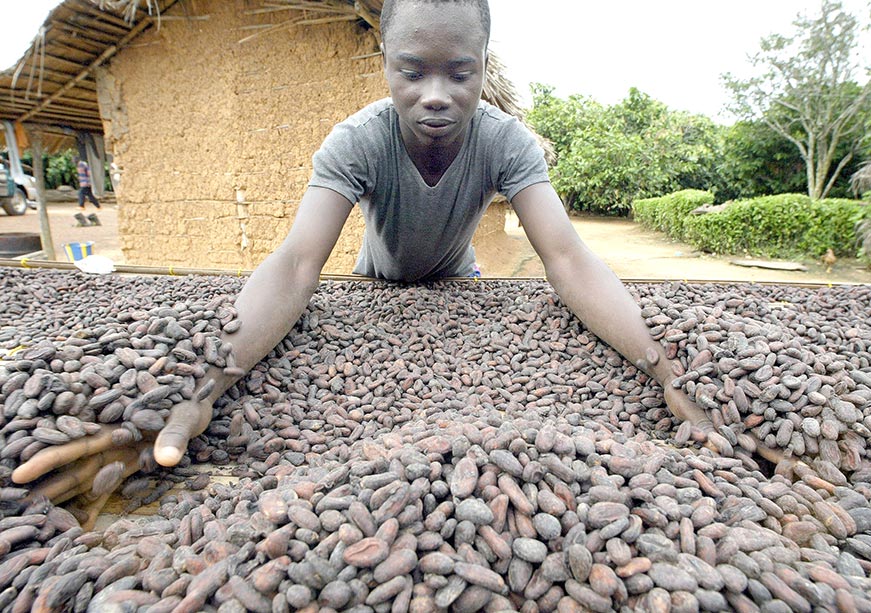
Image Source: Getty
Japan has consistently played a significant role in the development of India's northeastern region (NER), primarily through economic development and infrastructure projects. In recent years, this involvement has witnessed a considerable uptick in terms of both the avenues of engagement and their depth. Broadly, this engagement aligns with Tokyo’s Indo-Pacific vision and India’s Act East Policy. Over the past decade, Tokyo has emerged as a crucial partner in modernising the region's infrastructure, enhancing connectivity, and deepening people-to-people ties in the region. At the recently concluded Advantage Assam 2.0—Investment and Infrastructure Summit 2025, held between 25-26 February in Guwahati, Tokyo reaffirmed its commitment to NER’s development, with Japanese Ambassador ONO Keiichi highlighting infrastructure progress, academic ties, and people-to-people engagement. The event brought together 62 foreign missions and saw discussions on semiconductors, clean energy, and enhanced connectivity, aligning with India's Act East Policy and broader Indo-Pacific vision.
A key area of Japan’s involvement is infrastructure development through substantial investment in infrastructure projects across the Northeast. The Japan International Cooperation Agency (JICA) has been and continues to be instrumental in financing and implementing various initiatives to improve connectivity and promote regional development. JICA has supported the construction of over 750 kilometres of new roads, enhancing access across the region. Geared towards the facilitation of a stable supply of goods and improving access to economic, healthcare and educational facilities for residents, these initiatives address critical socioeconomic challenges.
Over the past decade, Tokyo has emerged as a crucial partner in modernising the region's infrastructure, enhancing connectivity, and deepening people-to-people ties in the region.
JICA has for instance provided significant funding for projects aimed at improving road networks, bridges, and urban infrastructure in states like Assam, Meghalaya, Mizoram, Manipur, and Tripura. One of the most prominent initiatives is the North East Road Network Connectivity Improvement Project, which seeks to enhance national highways and regional roads to facilitate trade and mobility. This project is particularly important as it strengthens links between India’s Northeast and Southeast Asia, in line with the objectives of the India-Japan Act East Forum.
Apart from physical connectivity projects, Japan has been actively involved in the region’s water supply and sanitation projects as well. In Guwahati, for example, JICA has funded and supported initiatives to improve water supply infrastructure, addressing long-standing urban development challenges in the state. Additionally, Tokyo has also supported conservation and biodiversity projects, which are aimed at safeguarding the ecological sensitivity of these states. The Sustainable Forest Management Project in Tripura, for example, is aimed at preserving forests while enhancing livelihoods for local communities.
JICA has funded and supported initiatives to improve water supply infrastructure, addressing long-standing urban development challenges in the state.
In 2024, Tokyo committed Official Development Assistance (ODA) loans amounting to JPY 232.209 billion for nine projects across various sectors in India. Key projects include the North East Road Network Connectivity Improvement Project (Phase 3), funding the Dhubri-Phulbari Bridge, and Phase 7, supporting NH 127B’s Phulbari-Goeragre section. All of these initiatives aim to strengthen transportation links, boost trade, and improve regional integration. Additionally, a JPY 10 billion project will establish a Medical College Hospital at the Nagaland Institute of Medical Sciences and Research in Kohima, advancing healthcare infrastructure in the region.
Most recently, the Japan Bank for International Cooperation (JBIC) signed its largest-ever green financing deal with India’s Power Finance Corporation (PFC) in January 2025. The ¥120 billion (US$ 770 million) loan aims to support renewable energy projects, aligning with India's just transition goals. The deal is part of JBIC’s “GREEN Initiative” and involves key Japanese players like Sumitomo Corporation and AMPIN Energy Transition. Additionally, Japan and India have signed agreements to export green ammonia to Tokyo, reinforcing their energy partnership under the India-Japan Vision 2025. Japan's Bamboo Value Chain Initiative, launched in 2022, aims to strengthen the region's bamboo industry through a hub-and-spoke model. Supported by JICA, the National Bamboo Mission (NBM), and the Northeast Cane and Bamboo Development Council (NECBDC), it focuses on enhancing bamboo product designs, training artisans, and fostering industry-academia-government collaboration. This initiative explores uses like bamboo-based animal feed and pavement materials, with a Joint Coordinating Committee (JCC) overseeing its implementation, while promoting sustainability, economic growth, and employment in the region.
Japan and India have signed agreements to export green ammonia to Tokyo, reinforcing their energy partnership under the India-Japan Vision 2025.
Culturally and historically, Japan shares a unique connection with the region. During World War II, some of the fiercest battles between Japanese forces and Allied troops took place in Manipur and Nagaland. Recognising the shared heritage from World War II, Japan has supported the preservation of war memorials and historical sites in Manipur and Nagaland. Additionally, educational and cultural exchange programs have been encouraged as well, including the introduction of Japanese language courses in institutions like Cotton University and Guwahati University in Assam. The 3rd India-Japan Education Conclave in 2024, emphasised the importance of Japan’s collaboration in providing global opportunities to students in the region. Over 1,600 students attended, engaging with Japanese universities and institutions on academic and research prospects. In addition, cultural exchange programs, scholarships, and academic collaborations have strengthened people-to-people ties, particularly in sectors like skill development and tourism.
Educational and cultural exchange programs have been encouraged as well, including the introduction of Japanese language courses in institutions like Cotton University and Guwahati University in Assam.
Japan's engagement in India’s Northeast is also shaped by its strategic interests. The region serves as a vital land corridor between India and Southeast Asia, aligning with both India’s Act East Policy and Japan’s Free and Open Indo-Pacific (FOIP) vision. Through its various forms of engagement, Tokyo continues to play a crucial role in the path towards integrating the NER with regional economies, enhancing trade, and fostering socio-economic development. As India’s only foreign development partner with large-scale projects in the NER, Japan has provided ODA supporting road networks, water supply, forest management, and healthcare with the Act East Forum launched in 2017, fostering deeper collaboration between the two countries and prioritising the region’s development.
With a sensitive political environment often destabilised by insurgencies, and bureaucratic hurdles delaying project implementation, the northeastern states present a complex geography for partnering countries. However, Japan’s consistent engagement has signalled a long-term commitment to the region's development. By complementing India's Act East Policy with its Indo-Pacific strategy, Japan continues to play a significant role in shaping the future of India’s Northeast, enhancing its connectivity, economic potential, and strategic significance.
Pratnashree Basu is an Associate Fellow with the Observer Research Foundation
The views expressed above belong to the author(s). ORF research and analyses now available on Telegram! Click here to access our curated content — blogs, longforms and interviews.




 PREV
PREV


